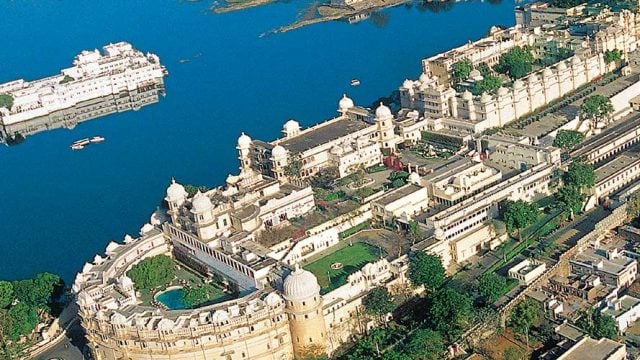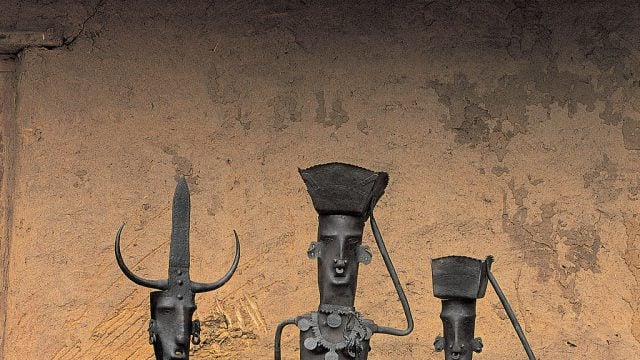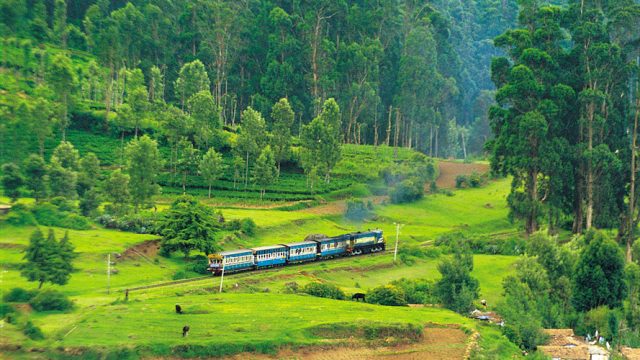If Machilipatnam is proud of its past, it’s careful not to show it. You look around for
Perhaps Machilipatnam’s reluctance to flaunt its colourful history comes from its close brush with death, though that was a good 140 years ago. An enormous tidal wave practically wiped the port off the face of the Earth then, and an estimated 30,000 people died with the town.
It was Machilipatnam’s most defining moment, one that cleaved its history into two perfect parts: before the storm and after. But there are few signs of ‘before’. Gone are the days of a flourishing textile trade and boisterous diamond merchants. Why, even the famous port itself has now been reduced to a fishing hamlet. But look closely and you’ll spot the possibilities, the town that was and could have been. The great port of the Golconda Kingdom now seeks your imagination. In its reborn, post-cyclone avatar, the town has been shorn of all its glamour, but there is no denying its place in history.
The port town finds mention in the Periplus of the Erythraean Sea, a merchant’s travelogue written in 1 CE, and in Geography (140 CE) of Ptolemy, the Alexandrian geographer, mathematician and astronomer. The Periplus refers to large stocks of cottons and muslins in the market, and to boats, carts and pack bullocks.
The dyed chintzes of Andhra, which were a craze in Europe, South-East and West Asia, made the fledgling ‘Company of merchants of London trading into the East Indies’ venture into the Bay of Bengal. The Company eventually made it the headquarters of their settlements on the Coromandel Coast.
Not that their position was impregnable. They had to combat the Dutch, the Portuguese and the French while soothing the whimsical egos of the Golconda royal officials. Over the years, however, Machilipatnam’s trade steadily diminished as Madras and Calcutta (as they were then known) proved to be politically and economically more important. The opening of the Vijayawada-Machilipatnam canal in 1863 gave promise of a revival, when death suddenly struck from the sea.

The port, known then and now as Bandar, stands across a vast expanse of wasteland, beyond the railway station. A row of multi-coloured fishing trawlers bask in the mid-day sun while their crew squat in the shade. Early mornings and evenings, one can watch the catch being dried on the roadside.
There are ruins of various shapes and sizes here. A fragment of a wall that would have been the fort; remains of a building, probably important, but now unknown; a structure believed to be a cyclone shelter (which, ah, survived the devastating cyclone of 1864). These remains are neither classified nor protected. They are simply being ground to dust by time —and people who use its stone to build their living habitat. The shoreline of Machilipatnam does not offer a beach; the old port itself occupies an estuary. The sea is just there but you can’t wet your feet. For that, one needs to travel 11 km to Manginapudi, a popular place that offers spicy chaat and cool beverages, besides a changing room for women.
Inevitably, the most evocative remnant in Machilipatnam is the reminiscence of death. In a narrow lane, facing a row of small pretty houses, is the Dutch Cemetery. A memorial “commemorates the melancholy fate of Anthony and Maria Fruvall, their sons and their daughter, and about 30,000 souls who were all unexpectedly swept into eternity by the ocean wave which desolated this town on the night of the cyclone of 1st Nov, 1864.…” Their happy home would have been a part of the Valandapalem or Holland-town. The Frenchpettah and the English-palem once stood some distance to the south-east.
A conspicuous survivor of the cyclone is the new religion introduced in the 17th century. There are two churches in Machilipatnam, the Holy Cross Church and St Andrew’s Church. Both are housed in not very aesthetic newly fashioned buildings. However, they do bear some bits of the past. The Roman Catholic Holy Cross Church carries the story of the beginning of Christianity in the area. The St Andrew’s Church is now part of the Church of South India.
A Brush with Colours
Few images bring back memories of the Masulipatnam of yesteryear than the brilliantly coloured textiles. The printed cottons, which had the Europeans descending on Andhra shores in droves, are enduring motifs of Machilipatnam.

Kalamkari, literally meaning skill in using a quill, is an art found only in Machilipatnam and Sri Kalahasti, further south in Andhra. In Sri Kalahasti, the design is drawn and colours filled through a wax process; in Machilipatnam, it is stamped with carved wooden blocks. The former is available mostly as wall hangings; the latter, as bedspreads, curtains and cushion covers.
There was a time when most of the villages around Machilipatnam were part of the production of printed cottons, but the introduction of machine-made textiles in the 18th century threatened their survival. Now you can find Kalamkari artisans only if you know where to find them, for example, in the village Pedana, 7 km from Machilipatnam.
The Machilipatnam Kalamkari process involves both the block and the pen being used to produce patterns in about 10 steps, spread over several weeks. During this period, nature has to cooperate with the process and craftspeople to achieve the desired result. The colours used in Kalamkari are derived from plants and the cloth has to be dried in the sun.
Kalamkari designs come in attractive reds, blacks and yellows. No trip will be complete unless you pick up a few and a good place to do that is the Sathavahana Kalamkari House, which runs a factory in Pedana village. There, you can choose from bedspreads, pillow covers, jholas (cloth bags) and lungis.
A Glimpse of Bezwada
Remember that there are no nice places for tourists to stay in Machilipatnam, so it’s best to stay in Vijayawada, 68 km away (11/2 hrs by road). You can take a bus or the Machilipatnam
Known in ancient times as Bezwada, Vijayawada is the commercial hub of coastal Andhra, as attested by the busy railway junction. The city is spread over the rich coastal delta on the banks of the River Krishna and is surrounded on three sides by the Indrakiladri Hills.
The 4,014-foot-long Prakasam Barrage across the river, on the site of an ancient dam, has created a lake, and its three irrigation canals flow through the city. There’s plenty to see here and you should visit the Buddhist Undavalli Caves that are situated 4 km from Vijayawada, across the river. The Kanak Durga Temple overlooks the city from the east. The Berm Park is the popular take-off point for a boat-ride to Bhavani Island (₹100 return) in the lake, which is being developed as a tourist attraction.
Quality Inn DV Manor (Tel: 0866-2474455; Tariff: ₹3,490-3,990) is the only 4-star hotel in Vijayawada and it has a travel desk, apart from a shopping arcade and a restaurant. Punnami Berm Park (Tel: 2418057; Tariff: ₹1,237-2,811) is another option.
Andhra Pradesh
art
Bezwada





